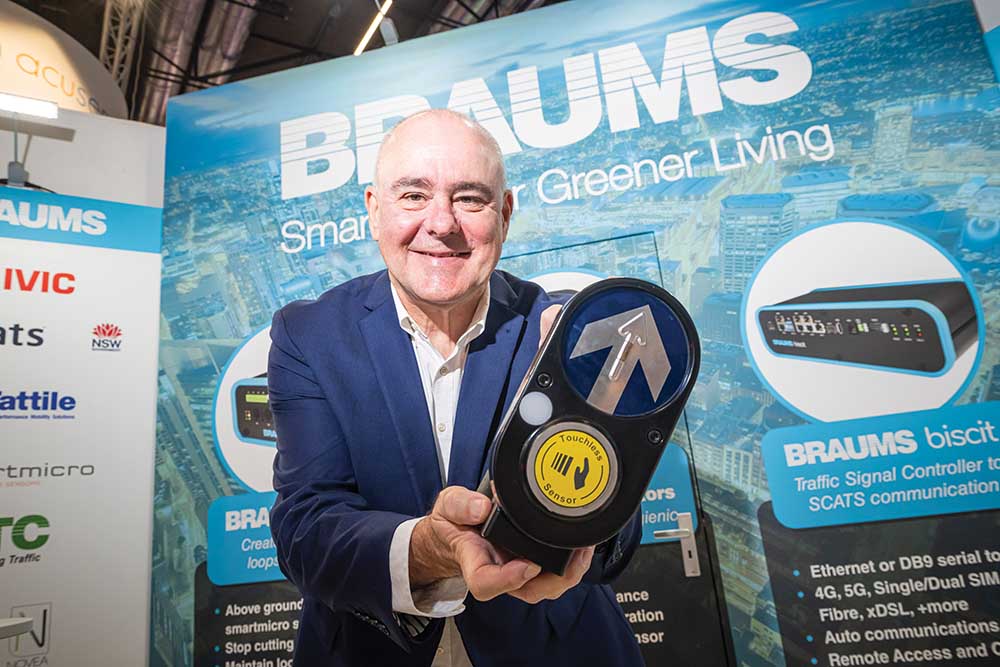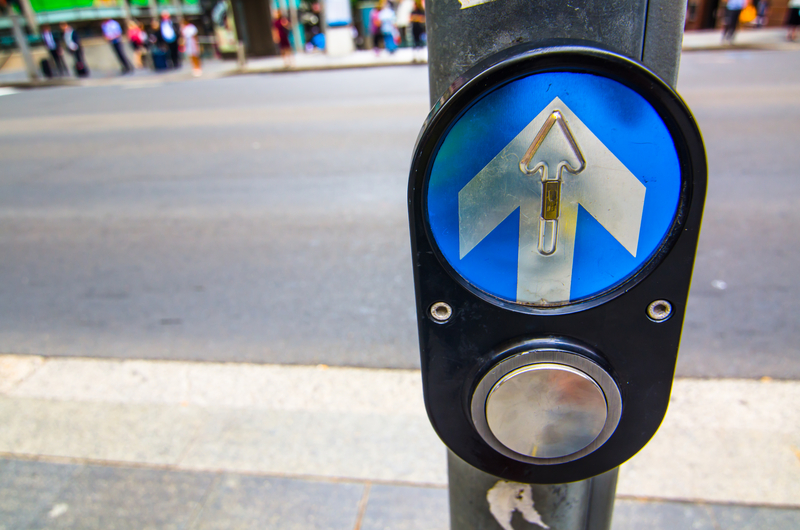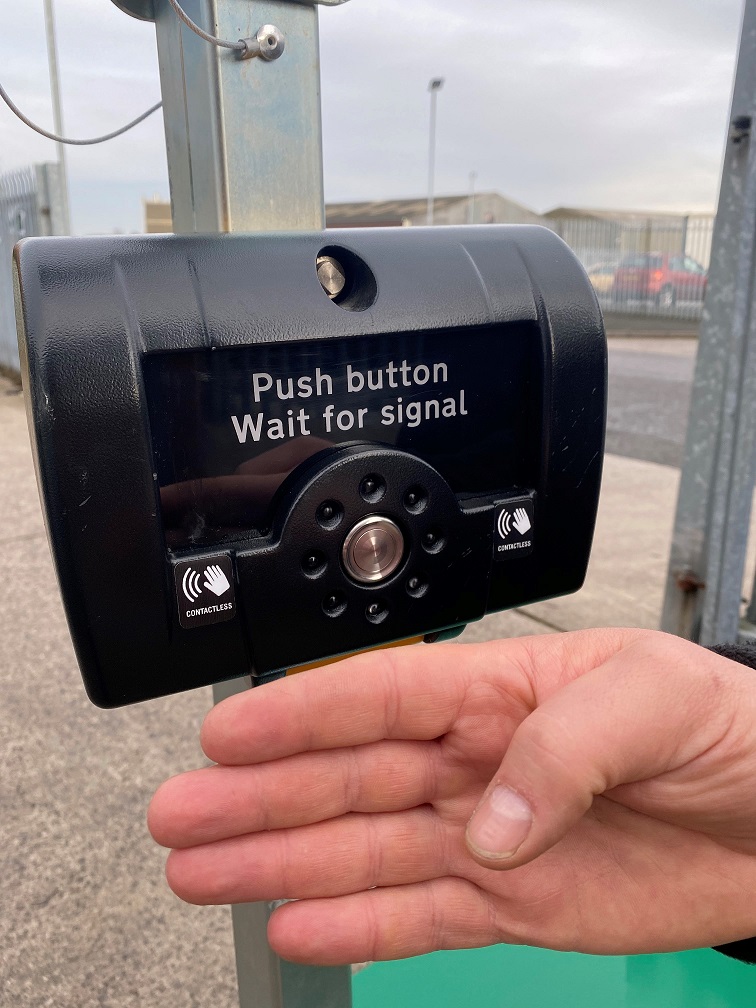
By removing the need for physical contact, potential surface-to-surface disease transmission can be minimised – something that was a huge concern during the Covid pandemic and continues to be a worry for some.
It is available in two variants, one with a mechanical push button, which means the product offers dual redundancy: each method can serve as a back-up for the other in the unlikely event that one should fail, the firm says.
The most popular new variant has no buttons or moving parts and substitutes the mechanical button for a central fascia panel, behind which the microwave sensor resides. Audio and tactile functionality is retained in both variants for the hearing and vision impaired, including an embossed arrow plate positioned on the front of the housing, which indicates the direction of the pedestrian crossing.
The sensor has an MTBF rating of 11+ years, with an adjustable detection distance of 50-150mm. An auto calibration routine is run to ensure hand motion is detected, whatever the environment. The sensor is unaffected by light conditions and features a ‘rain-tolerant’ mode, and the system can be configured for 42V AC installations, delivering an extra level of safety.
Stand 05.418





















